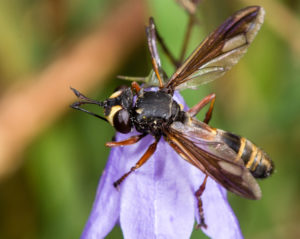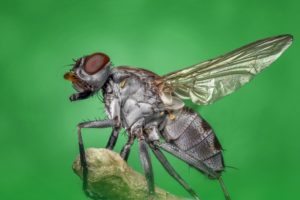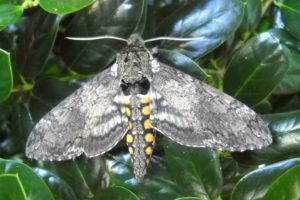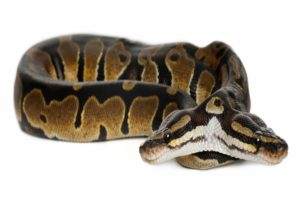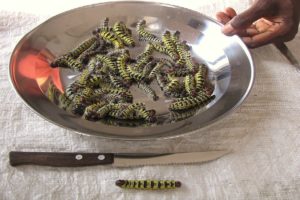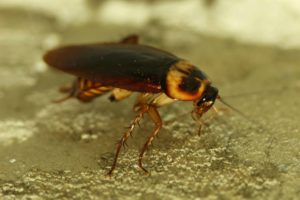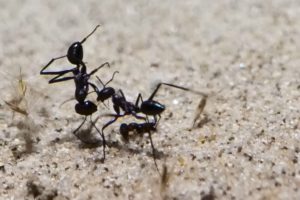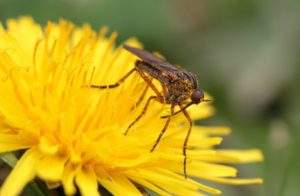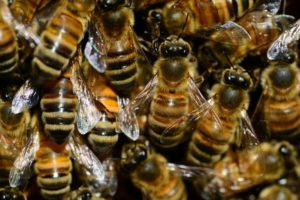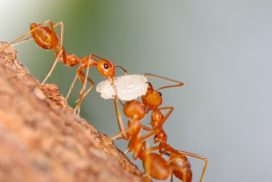ELECTRIC, INVASIVE AND LITTLE FIRE ANTS: WHAT IS THE DIFFERENCE?
HOW DO YOU STOP THEM?
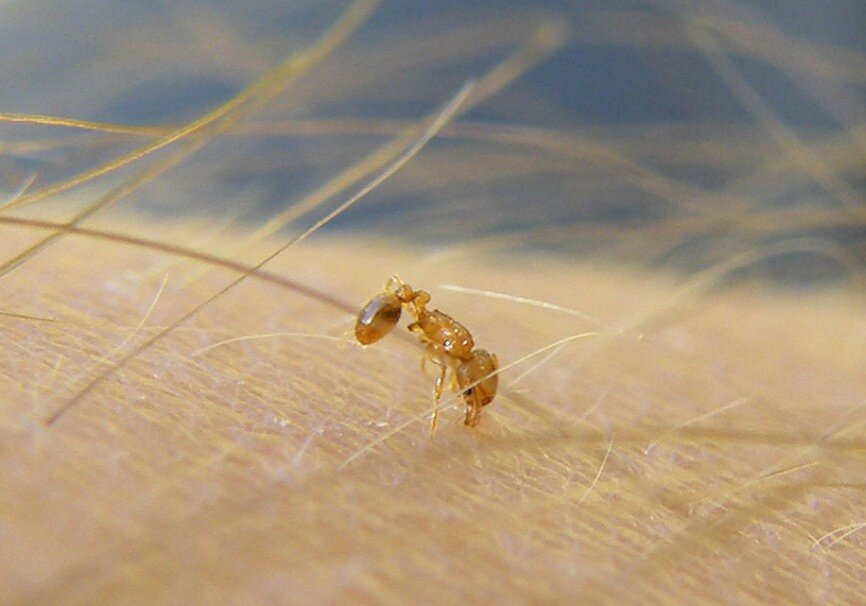
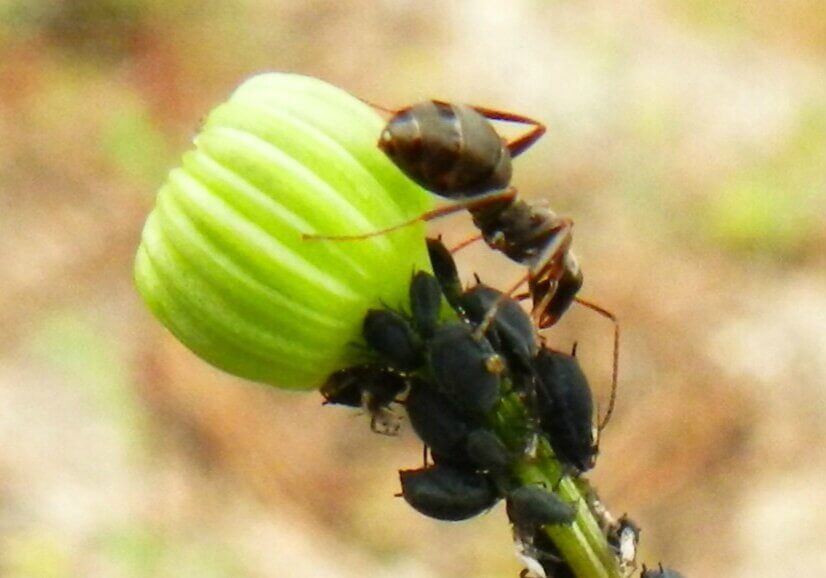
-
Identification
Invasive ants, known by the scientific name Lasius neglectus, are called electric ants because they are attracted to power sources and like to invade power cables and junction boxes.
The male invasive ants are 2.5mm, the worker grows up to 3mm and the queen up to 6mm. It is yellowish in color and mandibles are 7-toothed.
Invasive ants are different from and should not be confused with the little fire ants (Wasmannia auropunctata), also known as electric ants because of their painful sting.
The Wasmannia auropunctata is native to south and Central America, but you can now find it in North America and North Africa. The little fire ant is golden in color and about 1.5mm long.
-
Negative effects
When Lasius Neglectus get stuck into power sources, they can cause short circuits, resulting in blackouts, and at the worst fires in buildings including homes. The ants have very few natural enemies, and their number can proliferate.
Invasive ants are resistant to conventional treatments and can disrupt the native ecosystem of the area they invade by preying on caterpillars and other small insects, and especially other ant species.
When a pet or a dog is stung around the eyes by the Wasmannia auropunctata, they are known to become blind.
-
Distribution
Invasive ants are native to Turkey, Uzbekistan and south-eastern Europe. However, they spread to other countries such as the UK and other European countries.
Imported pot plants help to transport invasive ants to the rest of the EU. Researchers discovered an army of about one million ants in east England during the month of August 2018.
-
Treatment
You can check whether you have invasive ants in your garden or home by placing a piece of sausage at the end of a stick and leaving it for an hour. If there are in the vicinity, you will find the sausage teaming with ants.
If you have an ant lab in the vicinity, you can take the ant sample for confirmation and advice on the best way to eliminate them. The ants are usually treated using food-coated poison located in strategic places.
However, the most effective against invasive ants is early detection and early treatment before colony establishment, combined with quarantines.
Please check with the supplier and confirm that the poison is friendly to your pets, otherwise keep them away from the area you want to disinfect.
RECENT POSTS
PICKS FOR YOU
In what ways do ants cooperate with each other?
IN WHAT WAYS DO ANTS COOPERATE WITH EACH OTHER? Ants Carry Food Ants Haul a Queen Bee Some species of…
Read MoreHow do harvester ants in Israel survive during months when there is no harvest?
HOW DO HARVESTER ANTS IN ISRAEL SURVIVE DURING MONTHS WHEN THERE IS NO HARVEST? Ants looking for food Harvester ants…
Read More